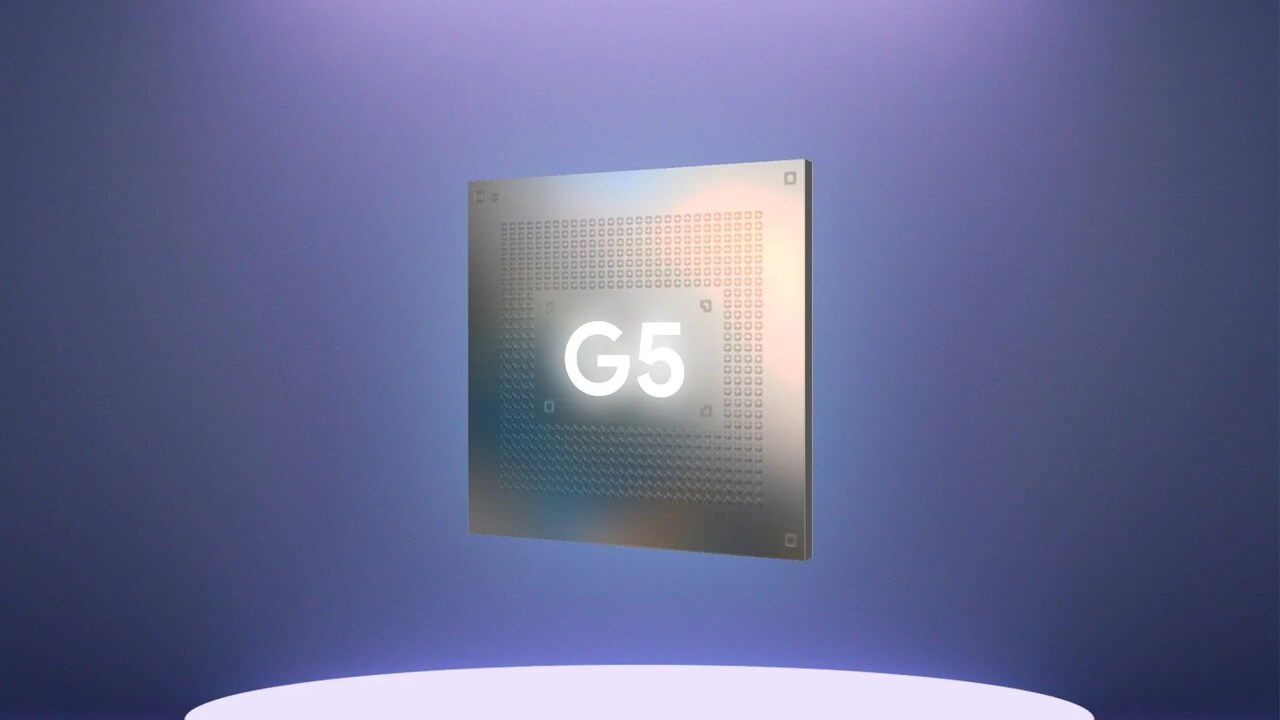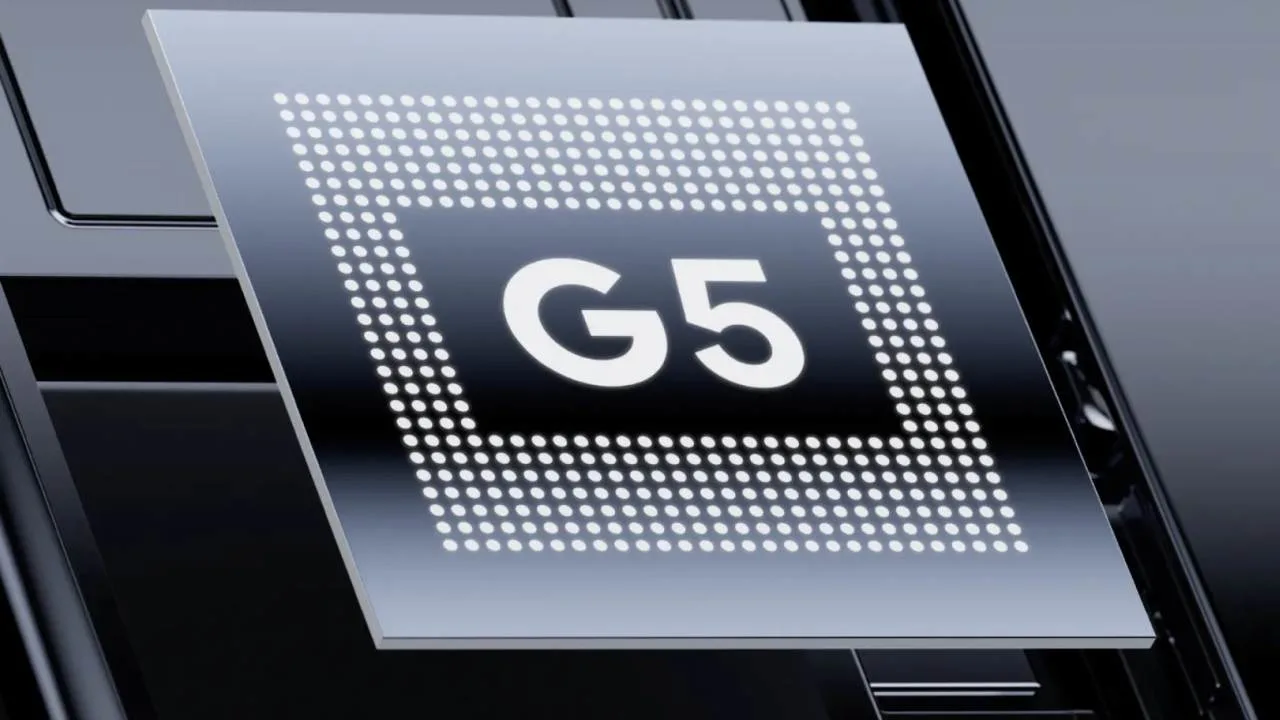The announcement of the Pixel 10 came with the launch of the Tensor G5 chipset, the first-ever homegrown SoC out of the Google factory in Mountain View. While many were anticipating a time when Google would try to bridge the gap between the two extremes, Apple and Qualcomm, it seems that the Tensor G5 has some catching up to do, and so does it, in terms of mobile chip design.

Google's Tensor G5: Changes but Limitations
Built on TSMC's 3nm process node, ensuring potent power efficiency compared to its former generation, even this chip lies nowhere next to Apple A18 or Snapdragon 8 Gen 3 in terms of processing performance, thermal control, and AI computing.
Gaming and Heavy Usage Issues
Numerous user complaints have surfaced on the Pixel 10 regarding overheating and performance throttling for gaming. These very complaints highlight that the thermal management of the Tensor G5 is still far from the mark.
Software Cannot Compete With Hardware
It has tried some very radical innovations in software, ay especially in camera processing, Google Assistant, on-device AI, etc. However, they are still learning on the hardware side, especially concerning chipset designing. All Tensor chitoilldatese have mostly been criticized for heating, draining, and lagging.

Bright Future But In Need Of Repairs
Some very visible enhancements come with Tensor G5, with deeper acceleration of AI features and sometimes battery management enhancements. Equally important is the fact that this chip is still in catch-up mode because it seems to be chasing competition instead of leading.
The Tensor G5 in the Pixel 10 shows that it is still a baby concerning mastering its chip design. While improvements may have been seen on the software side, there is great work yet to be done on the hardware side. It sorely needs more R&D and innovation to meet its towering expectations set by the users.
Follow our WhatsApp channel for the latest news and updates
